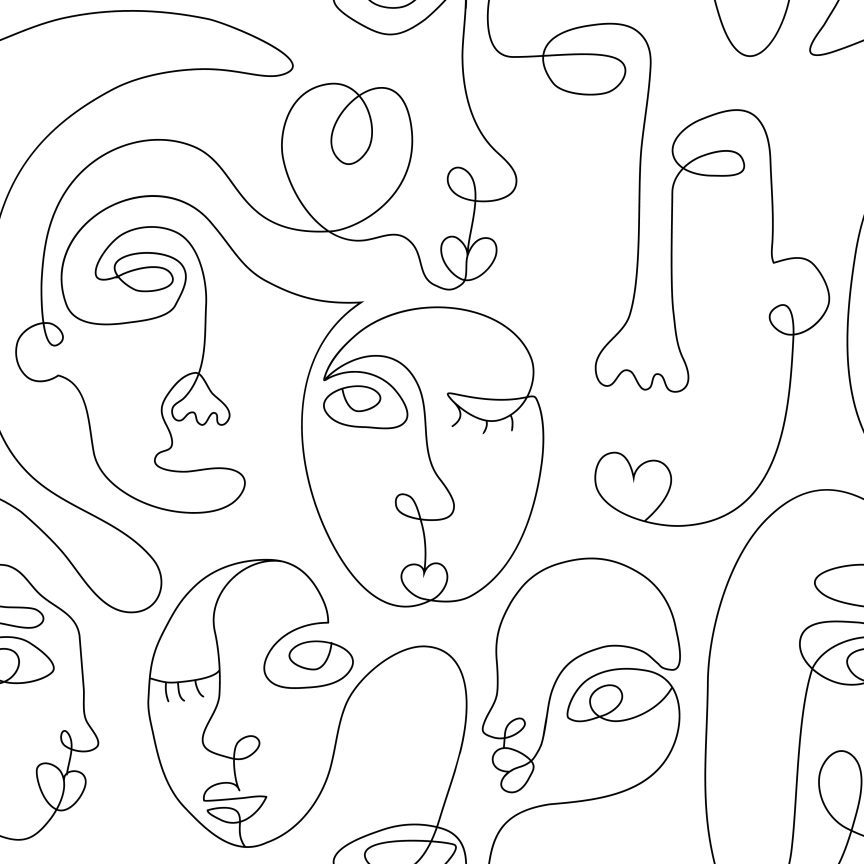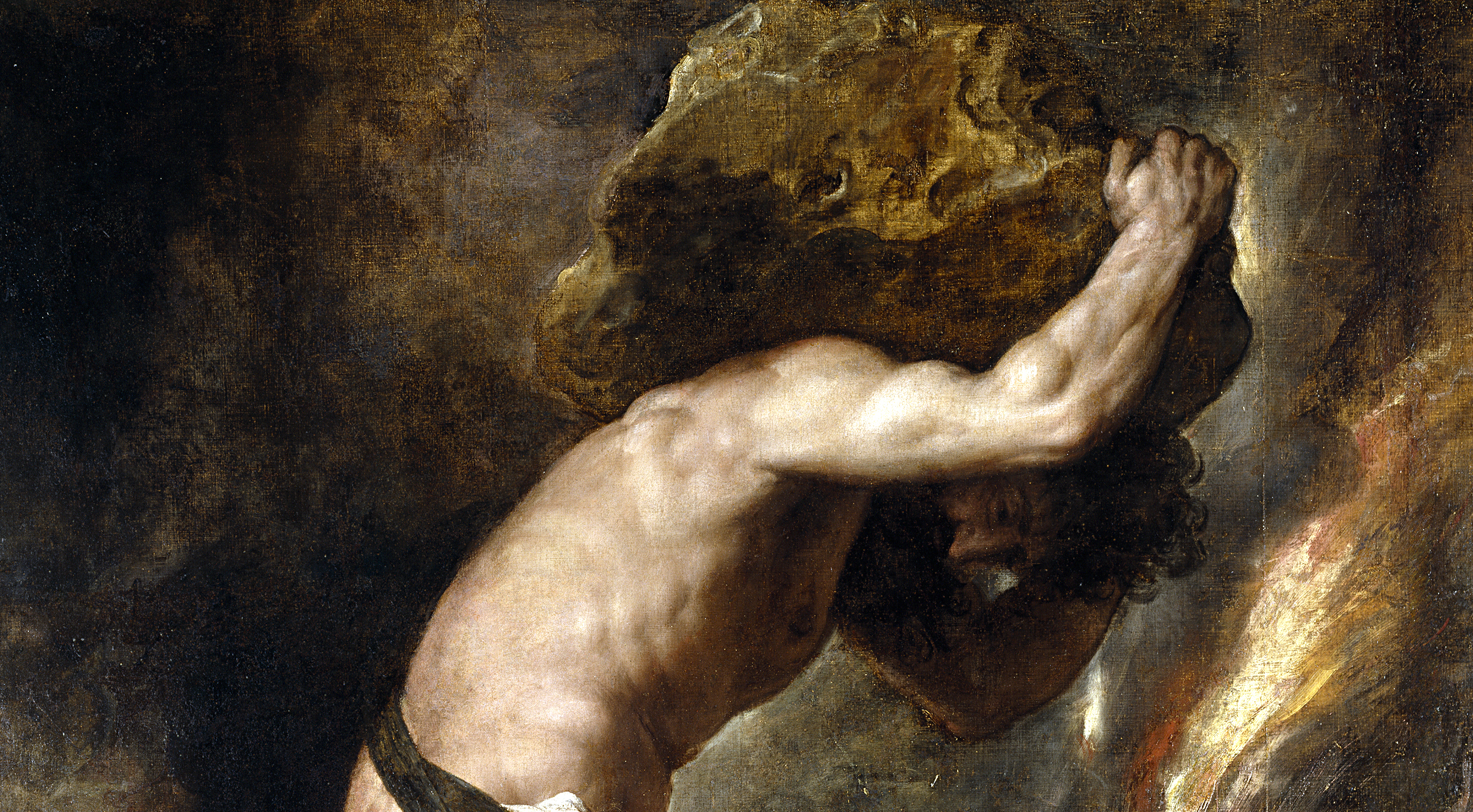Effort bias: Why we overvalue fraternities, exclusive clubs, and Taylor Swift tickets

- The effort heuristic is a psychological bias where people value something more if they perceive that more effort was put into acquiring it.
- Research has shown that people tend to value products, such as poems and paintings, more highly if they believe more time and effort went into creating them.
- People also tend to highly value things that required pain, embarrassment, or a long waiting period to attain.
There is a school cross-country competition. It happens every year, on a muddy track on a dreary, foggy day. Almost all the students hate it. But not Mike. He has spent every day for the past six months training for this. He finished last the year before and is determined to do better this year. Mike wakes at 6 a.m. each day and runs the cross-country route. He eats well and gets lean. Mike’s life is a Rocky training montage.
The day arrives. Mike is nervous. He walks up to the starting line, his heart thundering in his ears, and the gun fires to start the race. Mike finishes in 12th place. He’s nowhere near first. The winner, Jules, finishes so far ahead that Mike couldn’t even see him. Jules has never trained in his life. He doesn’t even like running. Jules was just born with the natural, muscular physique of someone who can lope their way to victory.
Whose run do you appreciate more? Whom do we value more? According to several notable research papers, people will tend to vote for Mike.
Effort bias
We tend to respect effort. When we find out that someone has spent a lot of time on a project, we value that work more. This is known as the “effort heuristic.” People will rate a product more highly if more effort has gone into it. In 2004, Kruger et al. gave participants a poem and told half of them that it took only four hours to write, and they told the other half it took 18 hours to write. Participants ended up rating the 18-hour poem more highly and also placing it at a higher monetary value. The team repeated a similar thing for a painting and got the same outcome.
An interesting point raised by the paper is the role of art and the artist. When Jackson Pollock first appeared on the art scene in the 1930s with his paint-splattered canvases, the art world was torn. Some were unimpressed by the random, seemingly nonsense drips. Others thought it was genius. At the time, and now, Pollock was defended based on the effort heuristic. The work was a slow, deliberate, and exhausting process, often requiring weeks or even months of hard work. When we appreciate art, we do so, at least in part, with the effort heuristic in mind.
Severity of initiation
The effort heuristic also pops up in initiations or rites of passage. In 1959, psychologists Elliot Aronson and Judson Mills argued and proved that the more severe an initiation, the more favorably an initiate views the group they join. If you have to endure some kind of pain, embarrassment, or long waiting period, then you value the membership more. Aronson and Mills argued that it resulted from “cognitive dissonance” — which is to say, we don’t like to believe we tried hard or suffered deeply for something of little worth. So, if you wait in line for a long time, you are more likely to tell yourself that the thing at the end of the line is amazing.
The Aronson and Mills experiment has been reproduced and corroborated since (not least to iron out some problems in the original study). More recently, in 2010, Lydall et al. showed that a similar effort bias seems to exist in animals.
Harness the bias
Beyond psychological studies, it is not hard to imagine how the effort heuristic manifests in everyday life. Here we can look at three common examples of the bias at play:
Relationships. “Treat them mean; keep them keen.” Or so it goes. If you want someone to fall madly in love with you, then you need to appear aloof and hard to get. It turns out that there might be some truth to that. If someone devotes a lot of time, effort, and money to win you over, they are more likely to value the subsequent relationship more highly.
Weight loss. The more effort and discipline you exert on losing weight and being healthier, the more likely you are to carry it on. Let’s suppose you have a New Year’s resolution: “I will eat no chocolate.” The hardest month will be the first. The average American will give up their resolution in just 32 days. But the longer you work at it — the longer you go without — the more steadfast is your determination.
Luxury goods. In 2020, a team from South Korea showed that if you earn a coupon (as opposed to being given it through little or no effort), you are more likely to rate it highly and, therefore, use it. A similar phenomenon is seen in the pricing of luxury goods. We value items more when they have a higher price tag — more money, more effort, more value.





